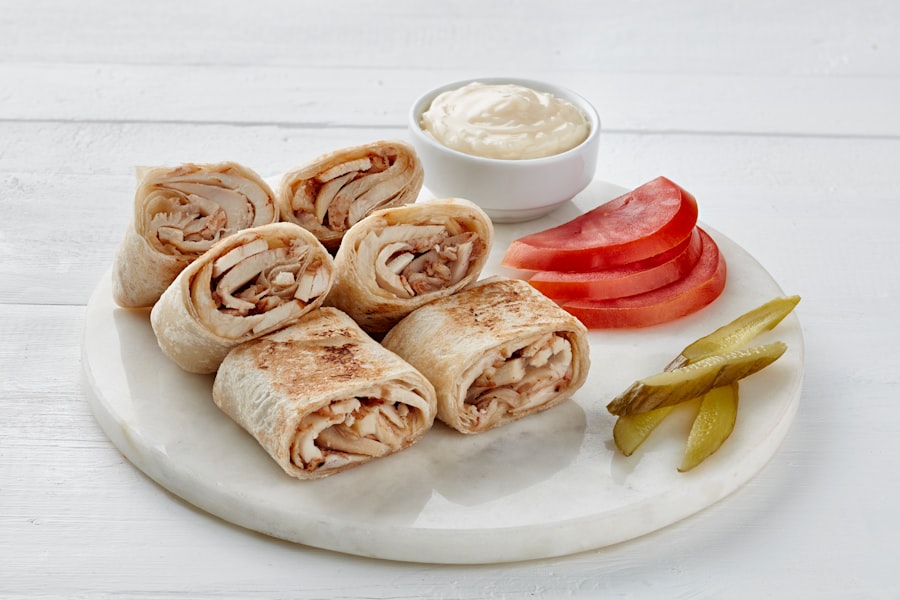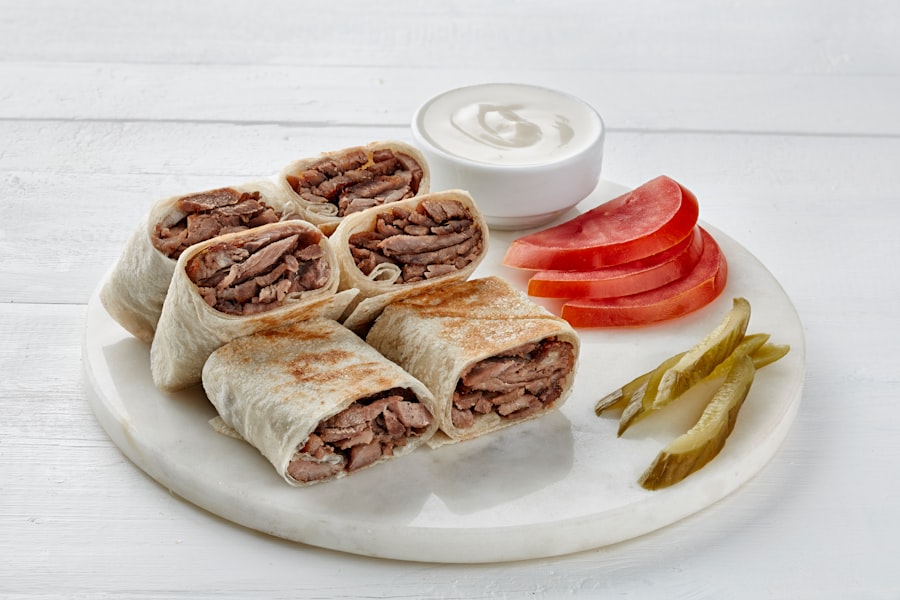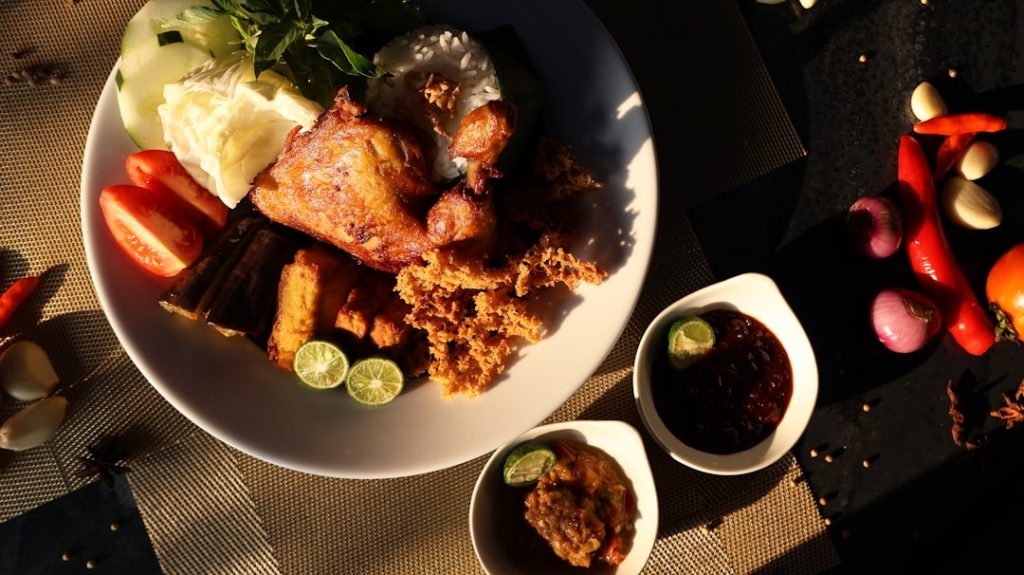Raising baby chickens, also known as chicks, requires careful attention to their specific needs. Proper care is essential for the health and development of chicks, regardless of whether they are being raised for egg production, meat, or as companion animals. Key aspects of chick care include maintaining appropriate temperature, creating a suitable living environment, and providing adequate nutrition.
Temperature regulation is critical for young chicks, as they are unable to maintain their body heat effectively in the first few weeks of life. Chicks require a warm environment, typically between 90-95°F (32-35°C) for the first week, with the temperature gradually reduced by about 5°F (2.8°C) each week until they are fully feathered at around 6-8 weeks of age. To create a comfortable living space for chicks, a brooder area should be set up.
This enclosure should be draft-free, spacious enough to accommodate the number of chicks, and equipped with appropriate bedding material such as pine shavings or straw. The brooder should also include a heat source, such as a heat lamp or brooder plate, to maintain the necessary temperature. Proper nutrition is vital for chick growth and development.
Chicks should be fed a specially formulated starter feed that contains the appropriate balance of protein, vitamins, and minerals. Fresh, clean water should be available at all times, with waterers cleaned and refilled daily to prevent contamination. Monitoring chick behavior and health is crucial during the early stages of their lives.
Signs of discomfort or illness should be addressed promptly to ensure the well-being of the flock. Regular observation and appropriate adjustments to their environment and care routine will contribute to raising healthy and thriving chickens.
Table of Contents
- 1 Importance of Keeping Baby Chickens Warm
- 2 Natural Ways to Keep Baby Chickens Warm
- 3 Creating a Cozy Nesting Area for Baby Chickens
- 4 Providing Insulation for Baby Chickens
- 5 Monitoring Temperature and Adjusting as Needed
- 6 Conclusion and Additional Tips for Raising Baby Chickens
- 7 FAQs
- 7.1 What are alternative methods to keep baby chickens warm without a heat lamp?
- 7.2 How can a broody hen help keep baby chickens warm?
- 7.3 What should be the temperature in the brooder for baby chickens?
- 7.4 How can a heating pad be used to keep baby chickens warm?
- 7.5 What is a heat plate and how can it be used to keep baby chickens warm?
- 7.6 Are there any other tips for keeping baby chickens warm without a heat lamp?
Key Takeaways
- Raising baby chickens requires attention to their warmth and comfort
- Keeping baby chickens warm is crucial for their health and development
- Natural ways to keep baby chickens warm include using heat lamps and providing a cozy nesting area
- Insulation such as straw and hay can help regulate the temperature for baby chickens
- Monitoring temperature and making adjustments as needed is essential for raising healthy baby chickens
Importance of Keeping Baby Chickens Warm
The Importance of Maternal Care
In the wild, mother hens provide warmth and protection for their chicks by keeping them close and sheltered under their wings. This natural behavior is essential for the chicks’ survival and overall health.
The Risks of Cold Temperatures
When raising baby chickens without a mother hen, it is crucial to replicate this warm and cozy environment to ensure the chicks’ well-being. Without proper warmth, chicks can become stressed, weak, and more susceptible to illnesses. Cold temperatures can lead to chilling, which can be fatal for young chicks.
Creating a Warm and Comfortable Environment
Therefore, providing a warm and comfortable environment is vital for the successful rearing of baby chickens. By mimicking the natural warmth and protection of a mother hen, you can help your chicks thrive and grow into healthy and happy chickens.
Natural Ways to Keep Baby Chickens Warm

There are several natural ways to keep baby chickens warm without relying solely on artificial heat sources. One effective method is to provide a draft-free and well-insulated coop or brooding area for the chicks. This can help retain heat and prevent cold drafts from chilling the young birds.
Additionally, using deep bedding such as straw or wood shavings can provide insulation and warmth for the chicks. The bedding material should be kept clean and dry to prevent moisture buildup, which can lead to cold and damp conditions. Another natural way to keep baby chickens warm is by providing them with a warm and cozy nesting area.
This can be achieved by using nesting boxes filled with soft bedding material where the chicks can huddle together for warmth. Furthermore, allowing the chicks access to natural sunlight during the day can also help keep them warm and comfortable. Sunlight provides natural warmth and can help regulate the chicks’ body temperature.
Creating a Cozy Nesting Area for Baby Chickens
Creating a cozy nesting area is essential for the well-being of baby chickens. A well-designed nesting area provides a safe and comfortable space for the chicks to rest, sleep, and seek warmth. When setting up a nesting area for baby chickens, it is important to use suitable nesting boxes or areas that are spacious enough to accommodate the growing chicks.
The nesting boxes should be lined with soft bedding material such as straw or wood shavings to provide a warm and cushioned surface for the chicks to nestle in. It is also important to ensure that the nesting area is draft-free and well-insulated to retain heat and prevent cold drafts from chilling the chicks. Additionally, placing the nesting area in a quiet and secluded part of the coop can help create a peaceful and stress-free environment for the chicks to rest and seek warmth.
By creating a cozy nesting area, you can help ensure that your baby chickens have a safe and comfortable space to grow and thrive.
Providing Insulation for Baby Chickens
Providing insulation is crucial for keeping baby chickens warm and comfortable, especially during colder months or in cooler climates. One effective way to provide insulation for baby chickens is by using heat lamps or brooder heaters. These artificial heat sources can help maintain a consistent and warm temperature in the brooding area, ensuring that the chicks stay cozy and comfortable.
When using heat lamps or brooder heaters, it is important to position them at a safe distance from the chicks to prevent overheating or potential fire hazards. Additionally, using insulated materials such as foam board or reflective insulation can help retain heat in the coop or brooding area. Insulating the walls and ceiling of the coop can help create a warm and comfortable environment for the baby chickens, even during colder weather.
Providing adequate insulation is essential for ensuring that the chicks have a cozy and warm space to grow and develop.
Monitoring Temperature and Adjusting as Needed

Importance of Temperature Control
Monitoring the temperature in the brooding area is crucial for ensuring that baby chickens stay warm and comfortable. It is important to use a reliable thermometer to regularly check the temperature in the brooding area and make adjustments as needed.
Ideal Temperature for Baby Chicks
The ideal temperature for baby chickens during the first week of life is around 95 degrees Fahrenheit. As the chicks grow older, the temperature can be gradually reduced by 5 degrees each week until reaching a stable room temperature.
Observing Chick Behavior
It is important to observe the behavior of the chicks to determine if they are too hot or too cold. Chicks that are huddled together directly under the heat source may be too cold, while chicks that are panting or avoiding the heat source may be too hot. Making adjustments to the heat source or insulation in the brooding area based on these observations can help ensure that the chicks remain at a comfortable temperature. By monitoring the temperature closely and making necessary adjustments, you can provide a warm and cozy environment for your baby chickens to thrive.
Conclusion and Additional Tips for Raising Baby Chickens
Raising baby chickens requires careful attention to their warmth and comfort to ensure their health and well-being. In addition to keeping them warm, it is important to provide a balanced diet, clean water, and a clean living environment for the chicks. Regularly cleaning the brooding area, providing fresh bedding, and ensuring good ventilation can help create a healthy and hygienic space for the baby chickens to grow.
Additionally, handling the chicks gently and regularly can help socialize them and build trust, leading to friendlier and more docile adult chickens. It is also important to protect the baby chickens from potential predators by securing their coop or brooding area with sturdy fencing or wire mesh. By following these tips and providing a warm, cozy, and nurturing environment, you can raise healthy and happy baby chickens that will eventually grow into productive egg layers or meat producers for your homestead or farm.
If you’re looking for alternative ways to keep baby chickens warm without a heat lamp, you might be interested in learning about how to care for goslings. This article provides valuable information on how to ensure the well-being of young geese, which can also be applied to keeping baby chickens warm in a natural and safe way.
FAQs
What are alternative methods to keep baby chickens warm without a heat lamp?
There are several alternative methods to keep baby chickens warm without a heat lamp, including using a broody hen, providing a warm and draft-free environment, using a heating pad, and using a hot water bottle or heat plate.
How can a broody hen help keep baby chickens warm?
A broody hen can provide warmth and protection for baby chickens by allowing them to snuggle under her feathers. This natural method mimics the warmth and security that baby chickens would experience with a mother hen in the wild.
What should be the temperature in the brooder for baby chickens?
The temperature in the brooder for baby chickens should be around 95 degrees Fahrenheit for the first week, and then decreased by 5 degrees each week until they are fully feathered, usually around 6 weeks of age.
How can a heating pad be used to keep baby chickens warm?
A heating pad can be placed under one side of the brooder to create a warm area for the baby chickens to huddle. It is important to monitor the temperature and ensure that the heating pad does not overheat or pose a fire hazard.
What is a heat plate and how can it be used to keep baby chickens warm?
A heat plate is a flat, electrically heated surface that mimics the warmth of a mother hen. It can be placed in the brooder and adjusted to the appropriate height to provide warmth for the baby chickens without the use of a heat lamp.
Are there any other tips for keeping baby chickens warm without a heat lamp?
In addition to the methods mentioned above, it is important to provide plenty of bedding for insulation, ensure that the brooder is draft-free, and monitor the behavior of the baby chickens to ensure they are comfortable and not too cold.
Meet Walter, the feathered-friend fanatic of Florida! Nestled in the sunshine state, Walter struts through life with his feathered companions, clucking his way to happiness. With a coop that’s fancier than a five-star hotel, he’s the Don Juan of the chicken world. When he’s not teaching his hens to do the cha-cha, you’ll find him in a heated debate with his prized rooster, Sir Clucks-a-Lot. Walter’s poultry passion is no yolk; he’s the sunny-side-up guy you never knew you needed in your flock of friends!







